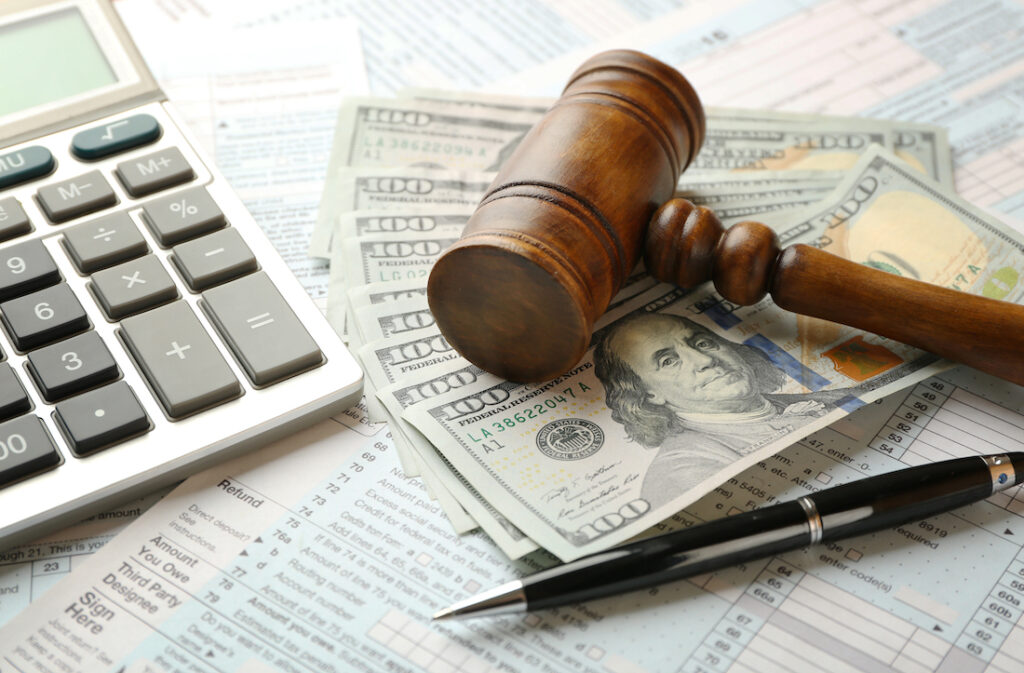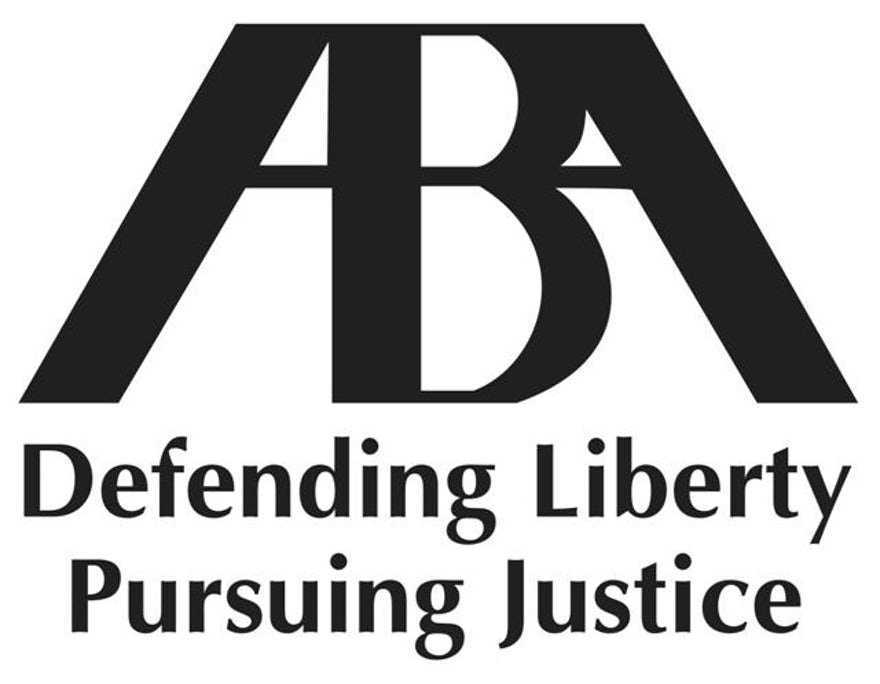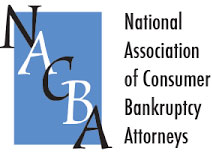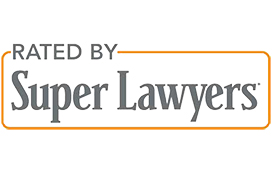A Comprehensive Guide to Small Business Bankruptcy Options
Navigating the troubled waters of bankruptcy can be a daunting task for small business owners. With a myriad of options and a complex legal landscape, it’s easy to feel overwhelmed. But fear not, this comprehensive guide will shine a light on small business bankruptcy options, helping you make informed decisions and chart a course towards financial stability.
In this guide, we will dive into the details of Chapter 7, Chapter 11, and Chapter 13, bankruptcies, exploring their pros and cons, processes, and alternatives. By understanding the different paths available, you can confidently choose the right bankruptcy option for your unique situation, potentially saving your business or securing a fresh start.
Short Summary
- Understanding Small Business. Bankruptcy involves analyzing the type of business entity, its financial health, and desired outcomes in order to choose the right bankruptcy chapter.
- Three types of small business bankruptcy are available: Chapter 7, 11 & 13. Each with distinct advantages for different kinds of businesses.
- Careful consideration is required when choosing a suitable option as well as exploring alternatives such as consulting a qualified attorney or debt consolidation/modification solutions.
Understanding Small Business Bankruptcy

Small business bankruptcy is a legal process that allows businesses unable to repay their personal and business debts, including cases of personal bankruptcy, to seek relief by eliminating or restructuring their obligations. The type of bankruptcy filing available to a small business depends on its structure, such as sole proprietorship, partnership, or corporation. The three main types of small business bankruptcy are Chapter 7 (liquidation), Chapter 11 (reorganization), and Chapter 13 (repayment plan).
Before filing for bankruptcy, it’s essential to consider the type of business entity, its financial health, and the goals you hope to achieve through the process. With a clear understanding of the options available, you can make an informed decision about which bankruptcy chapter is best suited for your business.
Types of Small Business Bankruptcy
There are three types of small business bankruptcy available: Chapter 7, Chapter 11, and Chapter 13. Chapter 7 bankruptcy involves liquidating a business’s assets to pay its creditors. This option is often recommended for sole proprietorships, as it can provide a transparent way to close a business and distribute funds according to the law. However, it’s important to note that all business entities are eligible to file for Chapter 7, including partnerships and corporations.
Chapter 11 bankruptcy allows businesses to reorganize their debts and continue operating under the bankruptcy terms. This option is available to partnerships, corporations, and limited liability companies (LLCs). Sole proprietors can also file for Chapter 11 if their debt exceeds the Chapter 13 bankruptcy debt limits.
Lastly, Chapter 13 bankruptcy is a repayment plan specifically designed for sole proprietors, allowing them to keep their business and assets while repaying creditors over a period of three to five years.
Factors to Consider Before Filing
When considering small business bankruptcy, it’s crucial to evaluate the type of business entity, such as whether it’s a separate legal entity like an LLC or corporation, or a sole proprietorship or partnership. Each entity type can affect the available bankruptcy options and the potential consequences for the business owner. Additionally, assessing the financial health of the business is essential to determine the ability to pay creditors and the potential for reorganization.
Small businesses have a few different bankruptcy options available to them. These are Chapter 7, Chapter 11, and Chapter 13. Filing for bankruptcy can negatively impact one’s personal credit if the business owner is personally liable for the business debt. Therefore, it’s essential to consult a bankruptcy attorney with business-related experience to determine the most appropriate bankruptcy option for your unique situation.
Chapter 7 Bankruptcy for Small Businesses
Chapter 7 bankruptcy, also known as liquidation bankruptcy, provides a way for businesses to eliminate their debts by liquidating assets to pay creditors. This type of bankruptcy is particularly suitable for sole proprietorships, as it can help close a business transparently, distribute funds according to the law, and save time and energy.
While Chapter 7 can be a useful option for businesses with a significant amount of property, it’s important to note that personal assets may be at risk. In Chapter 7 bankruptcy, the bankruptcy trustee takes control of the debtor’s estate assets, converts them to cash, and distributes the proceeds to creditors, allowing the debtor to retain certain exempt property and respecting the rights of secured creditors.
This process can provide a clean slate for business owners whose companies have ceased operations or individuals who are proprietors of service-oriented businesses and wish to continue operating.
Liquidation Process
The liquidation process in Chapter 7 bankruptcy involves the bankruptcy trustee taking control of the debtor’s estate assets, converting them to cash, and distributing the proceeds to creditors. The debtor may be able to retain certain exempt property, depending on the state-specific exemptions. These exemptions are designed to allow individuals to keep essential items, such as some home equity, vehicles, furniture, clothing, and tools of the trade, to facilitate a fresh start following bankruptcy.
It’s important to note that during the liquidation process, exemptions for business assets are generally not significant, meaning that most business property may be sold to repay creditors. This can lead to the dissolution of the business if essential equipment and products cannot be retained.
Pros and Cons of Chapter 7
The main advantage of Chapter 7 bankruptcy is the transparent liquidation of business assets, allowing for an orderly closure of the business and the distribution of funds in accordance with the law. This can save business owners time and energy, as the bankruptcy trustee handles the liquidation process.
However, one of the major drawbacks of Chapter 7 is that personal assets may be at risk, and the business owner may face personal liability, potentially losing any property not protected by a bankruptcy exemption.
For sole proprietors in service-oriented businesses, Chapter 7 bankruptcy can help eliminate personal and business debt, allowing them to continue providing services even after the bankruptcy case concludes. This is because a trustee cannot sell an individual’s labor. However, it’s essential to consult a bankruptcy attorney to understand the specific implications of Chapter 7 bankruptcy for your business and personal situation.
Chapter 11 Bankruptcy for Small Businesses
Chapter 11 bankruptcy provides an opportunity for businesses to reorganize their debts, making smaller payments while still continuing to operate under bankruptcy terms. This option is available to partnerships, corporations, and limited liability companies (LLCs), as well as sole proprietors whose debt exceeds the Chapter 13 bankruptcy debt limits. By reorganizing debts, Chapter 11 bankruptcy can offer a lifeline to businesses struggling to stay afloat and help them regain financial stability.
It’s important to keep in mind that Chapter 11 bankruptcy involves a more complex process than Chapter 7 or Chapter 13 bankruptcy, requiring extensive paperwork and potentially higher costs. However, recent changes to the bankruptcy code have established a more streamlined and cost-effective reorganization path, making Chapter 11 more accessible for small businesses.
Reorganization Process
In Chapter 11 bankruptcy, the debtor is required to submit a plan of reorganization that complies with the necessary requirements and is approved by the bankruptcy court. This plan must be presented within 90 days of the debtor’s entry into bankruptcy. The court will help the business restructure its debts and liabilities, allowing it to continue operations during the bankruptcy process. Debts are reorganized to make payments more manageable, while the business continues to operate under the stipulations of bankruptcy.
During the reorganization process, the company submits a plan detailing how it will repay its creditors. The plan may involve terminating contracts and leases, reclaiming assets, and repaying a portion of its debts. Chapter 11 reorganizations, like Chapter 13, allow for the repayment of money through a period of time. This model is frequently used to restructure debts as much as possible.
Subchapter V: A Streamlined Option for Small Businesses
Subchapter V is a streamlined process designed for small businesses and individuals to reorganize their debts and remain operational during bankruptcy proceedings. This option offers a simpler, more cost-effective solution than traditional Chapter 11 bankruptcy, as it involves less paperwork and lower costs. The Small Business Reorganization Act (SBRA), which became effective on February 19, 2020, facilitates and expedites Chapter 11 bankruptcy proceedings for small businesses.
By opting for Subchapter V, small businesses and individuals can benefit from a more straightforward bankruptcy process, helping them regain financial stability while continuing to operate their businesses. It’s crucial to consult a bankruptcy attorney with experience handling Subchapter V cases to determine if this option is the right fit for your business and personal situation.
Chapter 13 Bankruptcy for Sole Proprietors
Chapter 13 bankruptcy is exclusively available to individuals, including sole proprietors filing as individuals. This option allows individuals to reorganize their debt and keep their property, including reducing secured debt balances and discharging more debt than in Chapter 7 bankruptcy. However, it’s important to note that debt limits apply, and individuals must pay all disposable income into a 3-5 year repayment plan.
By offering a more tailored solution for sole proprietors, Chapter 13 bankruptcy can provide much-needed relief for small business owners struggling with debt. With the ability to reorganize debt and retain property, Chapter 13 bankruptcy can help sole proprietors regain financial stability and continue operating their businesses.
Repayment Plan
Under Chapter 13 bankruptcy, debtors are required to pay all disposable income into a 3-5 year repayment plan. The bankruptcy trustee oversees the repayment process and distributes the funds to creditors. The amount paid to creditors in Chapter 13 bankruptcy depends on the classification of debt, the value of assets owned, and the debtor’s ability to pay.
Upon completion of the designated plan period and provided that all personal debts are current, the remaining balance will be discharged, and the individual, as a sole proprietor, can continue their affairs without court intervention. This repayment plan offers a structured solution for sole proprietors to address their debt while maintaining their businesses.
Pros and Cons of Chapter 13
Chapter 13 bankruptcy offers several advantages for sole proprietors, including the ability to reorganize debt and retain property, such as reducing secured debt balances and discharging more debt than in Chapter 7 bankruptcy. However, there are also some disadvantages to consider. Chapter 13 requires debtors to commit to a 3-5 year repayment plan, which can be costly and may not be feasible for all individuals.
In addition, not all individuals have sufficient income to pay the required amount, and certain debts must be paid in full under the Chapter 13 repayment plan. As with any bankruptcy option, it’s crucial to consult a bankruptcy attorney to determine if Chapter 13 is the right choice for your specific situation.
Choosing the Right Bankruptcy Option

Selecting the right bankruptcy option for your small business involves assessing its financial health and consulting a bankruptcy attorney. By evaluating factors such as the business structure, the amount and type of debt, the assets of the business, and the desired outcome of the bankruptcy, you can make an informed decision about which chapter is best suited for your business.
Before filing for bankruptcy, it’s essential to explore alternative solutions such as debt consolidation or loan modification. These options may provide a more suitable solution for your small business, depending on the circumstances. By carefully considering all available options and seeking professional advice, you can choose the right path to financial stability for your business.
Assessing Your Business’s Financial Health
To evaluate your business’s financial health, it’s essential to analyze its balance sheet, income statement, and cash flow statement. Calculating financial ratios such as the gross profit margin and current ratio can provide valuable insight into the financial state of your business. By understanding the overall financial situation of your business, you can make informed decisions about the most appropriate bankruptcy option.
In addition to analyzing your business’s financial statements, it’s important to consider the business’s ability to pay its creditors and the potential for reorganization. By assessing the financial health of your business, you can determine if bankruptcy is the right option and, if so, which chapter is most suitable.
Consulting a Bankruptcy Attorney
When considering small business bankruptcy, it’s essential to consult a bankruptcy attorney with business-related experience. A knowledgeable attorney can help you navigate the complex legal landscape and determine the most beneficial overall strategy for your business. They can provide guidance on the different bankruptcy options available and help you understand the implications of each choice based on your unique situation.
Remember that filing for bankruptcy should be a last resort, and other alternatives such as debt consolidation or loan modification should be explored first. By seeking professional advice and considering all available options, you can make the best decision for your small business’s financial future.
When faced with overwhelming debt, bankruptcy might seem like the only option. But at Nevada Bankruptcy Attorneys, we want you to know there are other ways to regain your financial footing. Our experienced team of lawyers has helped thousands of Nevada residents navigate these turbulent waters, successfully avoiding bankruptcy, saving homes, and ultimately gaining financial freedom. We provide personalized solutions tailored to your unique financial situation and we’ll work tirelessly to ensure you have the best outcome possible. Explore alternatives to bankruptcy with us and let’s embark on the journey to financial recovery together. Trust in our proven track record and let us help you get out of debt.
Alternatives to Small Business Bankruptcy

Before filing for bankruptcy, it’s crucial to explore alternative solutions that may be more suitable for your small business. Some of these alternatives include debt consolidation, loan modification, debt settlement, and negotiation with creditors. These options can help you regain financial stability without the negative consequences associated with bankruptcy.
Debt consolidation involves combining multiple debts into a single loan with a lower interest rate, while loan modification alters the terms of an existing loan to make it more affordable for the borrower. Debt settlement and negotiation with creditors involve negotiating with creditors to reduce the amount of debt owed or alter the repayment terms.
By considering these alternatives, you may be able to avoid bankruptcy and find a more suitable solution for your small business.
Summary
In conclusion, understanding the various small business bankruptcy options is essential for making informed decisions that can help your business regain financial stability. By exploring the pros and cons of Chapter 7, Chapter 11, and Chapter 13 bankruptcies, as well as alternative solutions such as debt consolidation and loan modification, you can choose the best path forward for your unique situation.
Navigating the complex world of small business bankruptcy may seem daunting, but with the right information and professional guidance, you can chart a course towards financial stability and success. Remember, the key to overcoming financial challenges is to stay informed, seek expert advice, and consider all available options before making a decision.
Frequently Asked Questions
Can a business recover from bankruptcy?
Though bankruptcy may seem like a hopeless situation, it’s possible for businesses to recover from it. With careful restructuring and dedication to growth strategies, many companies have found success after filing for bankruptcy. Examples such as American Airlines, GM and Kodak prove that businesses are not doomed by bankruptcy, but instead have the opportunity to rebuild stronger than before.
What is the downside of filing for business bankruptcy?
The consequences of filing for business bankruptcy can be significant and far-reaching. Assets of value may be lost, credit scores may suffer permanent damage, and difficulties in acquiring loans in the future are likely.
Thus, it is important to consider the long-term implications carefully before making a decision to file.
How does LLC bankruptcy affect owners?
Bankruptcy of an LLC has a drastic impact on the owners, as their assets are used to settle the LLC’s debts. The business is usually dissolved and the owners may not be responsible for any remaining debts.
As a result, the owners experience a considerable financial loss, since their investment in the business is often wiped out.







